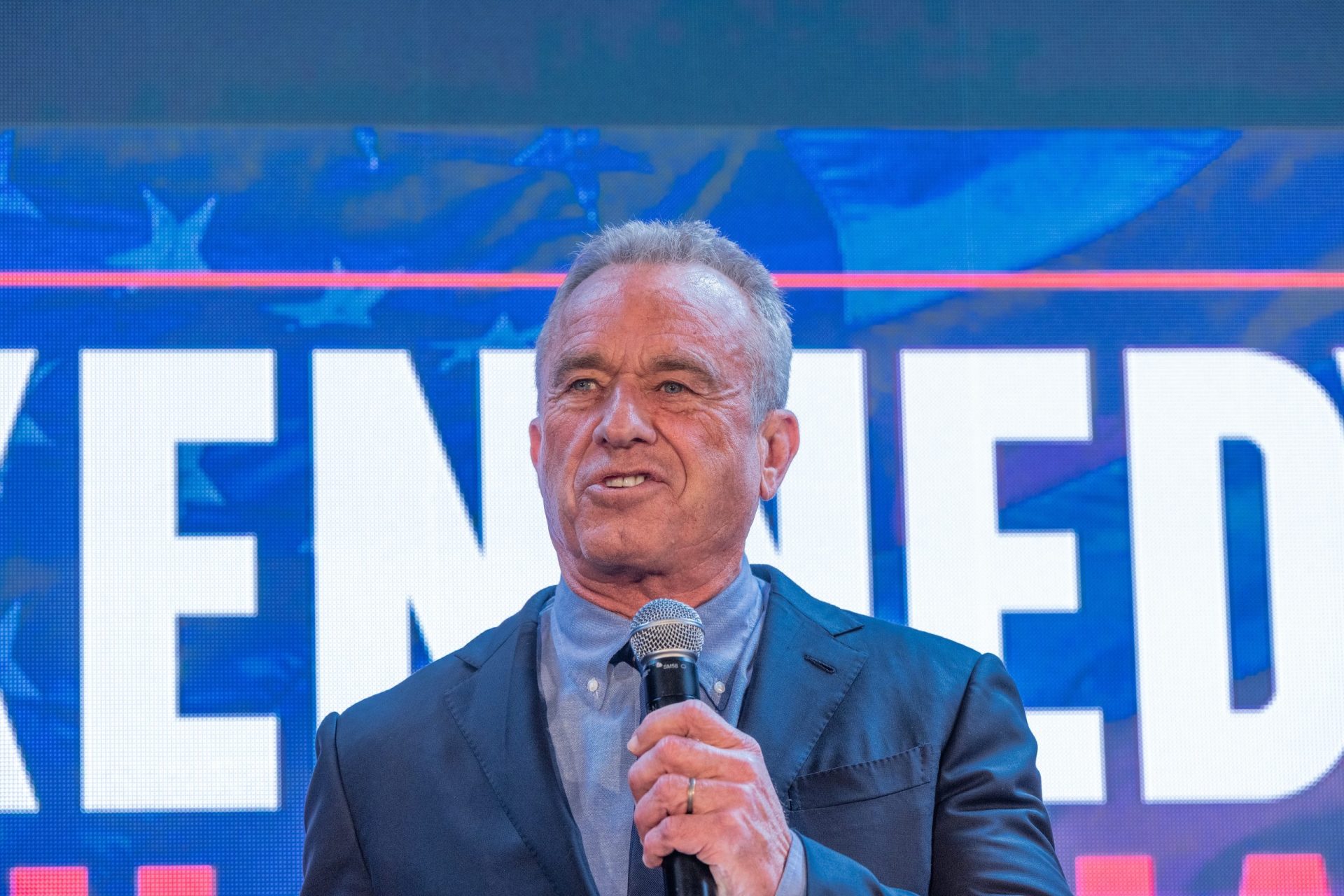
Chemtrails CRAZE Hits Capitol Hill!
A long-debunked conspiracy theory has taken flight again—this time influencing political discourse, climate policy, and even state legislation, thanks in part to public figures like Robert F. Kennedy Jr.
At a Glance
Chemtrails conspiracy theory resurges in U.S. political discourse
Robert F. Kennedy Jr. amplifies theory, tying it to environmental risk
States like Tennessee and Florida introduce chemtrail-related legislation
NOAA warns misinformation is overtaking science-based dialogue
Media appearances fuel public confusion about geoengineering science
Chemtrails Theory Gains Political Traction
Once dismissed as fringe pseudoscience, the chemtrails conspiracy theory is resurfacing in mainstream conversation. The theory suggests that the white trails left behind by airplanes—contrails—are actually toxic chemical agents deliberately sprayed for purposes such as population control or weather manipulation. Despite being widely debunked, the idea persists and is now being echoed in U.S. policy discussions.
Robert F. Kennedy Jr., a prominent environmental figure and health secretary nominee under President Trump, has played a central role in reviving the narrative. In a recent video, Kennedy speculated that “somebody may be putting large amounts of bioavailable aluminum into the environment,” adding that this was “kind of frightening.” According to The Guardian, Kennedy’s remarks have elevated the theory’s visibility and drawn criticism from scientists and policymakers alike.
From Fringe to Floor: State-Level Legislation
The fallout has extended beyond rhetoric. In Tennessee and Florida, lawmakers have proposed legislation that effectively seeks to ban chemtrails—policies based on a theory without scientific grounding. This legislative activity has muddled public understanding of legitimate climate interventions like cloud seeding and solar geoengineering, both of which are being studied to mitigate the effects of climate change.
David Fahey, a climate scientist with the National Oceanic and Atmospheric Administration, emphasized the growing challenge of combating misinformation. “The misinformation is abundant,” Fahey told reporters, warning that conspiracy theories threaten to derail informed climate discussions, as cited by France 24.
Watch RFK Jr.’s controversial remarks during his appearance on Dr. Phil Primetime.
The Broader Threat to Climate Science
The persistence of the chemtrails myth exemplifies a deeper issue: how easily misinformation can warp environmental policy debates. As public confusion grows, policymakers face increased pressure to address sensational but scientifically baseless fears, which may lead to misguided or obstructive legislation.
This trend raises serious concerns about the intersection of free speech, science literacy, and public health. As Kennedy’s profile grows, the consequences of platforming conspiracy theories become clearer. Without course correction, climate policy could be steered by panic rather than research.
For now, scientists and educators must work harder than ever to differentiate empirical climate solutions from viral pseudoscience—and to ensure that policy remains rooted in fact, not fiction.